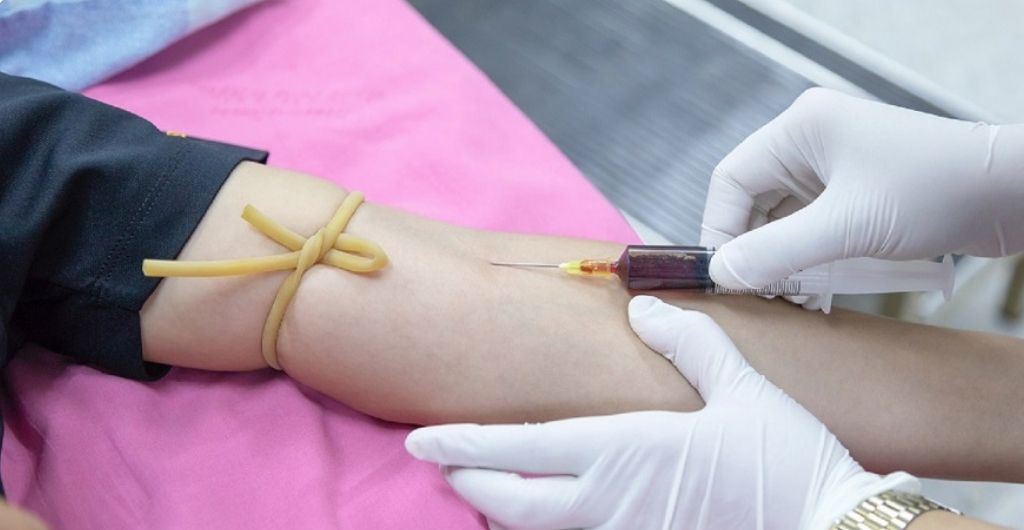
Scientists design a high-performance laser-printed graphene-electrode biosensor, with potential for point-of-care diagnostic applications
Thrombin, found in increased concentrations in the blood under abnormal conditions, is a crucial indicator of blood disorders. Aptamer-based electrochemical biosensors, known for their high sensitivity and low detection limit, are best suited to detect low concentrations of thrombin. Scientists in Germany and Korea took these biosensors to the next level in their new “label-free” design consisting of laser-induced graphene (a highly porous material), thus paving the way for their easy application in point-of-care diagnostics.
Thrombin is an enzyme that plays a vital role in wound healing by helping retain blood within the damaged blood vessel—a process known as haemostasis. What is more interesting to biologists, however, is that thrombin is found in increased concentrations under abnormal conditions, and thus can be used to diagnose and monitor blood disorders and malignancies. Thus, it is crucial to detect even minute concentrations of thrombin in the blood. Now, a team of researchers has devised a novel biosensor for accurately detecting minute amounts of thrombin in the blood, thereby promising to revolutionize the field of blood disorder diagnostics. Read on to know how!
The detection of biomarkers is usually accomplished by a “biosensor,” which consists of a biorecognition element (receptor) that interacts with the target molecule and a transducer that converts the bio-recognition information into a measurable signal. While antibodies (proteins with the ability to detect and bind to specific molecules) have been traditionally used as a biorecognition element, they are unstable and difficult to synthesize. A better alternative to them are “aptamers”—nucleic acid-based molecules that can bind to a specific target molecule and are more stable than antibodies. Moreover, aptamer-based electrochemical biosensors are known to have high sensitivity and low limits of detection, making them ideal to detect small concentrations of biomarkers like thrombin. The only problem is that biomarkers are often hard to detect unless tagged with a “label” (such as an enzyme or a fluorescent molecule). To make the process of detection easier and cheaper, skipping this “labelling” step is crucial.
To achieve this, the aforementioned team of scientists, from University of Regensburg, Germany, and Chung-Ang University, Korea, designed a novel aptamer-based biosensor consisting of a “laser-induced graphene” (LIG), a material that is highly porous and can be fashioned in an interlocking manner to form what are called “interdigitated electrodes.” Associate Professor Min-Ho Lee from Chung-Ang University, one of the lead scientists on this study explains, “LIG combines the high electrical conductivity of graphene with an ultra-easy fabrication procedure that simply requires a CO2 laser printer. In addition, the high porosity and the interlocking design enhance the biosensor’s sensitivity.”
The newly designed biosensor is based on “capacitive” sensing, which relies on direct binding of the sensor to the target molecule. In an earlier paper by the same team, scientists had found, based on electrochemical impedance spectroscopy studies, that LIG electrodes exhibit high performance at low frequencies. In their latest paper published in Biosensors and Bioelectronics, the team used this knowledge to optimize their biosensor and accordingly recorded its response at a frequency of 0.5 Hz (or half cycles per second), for different concentrations of thrombin in buffer and serum samples. They measured its sensitivity and limit of detection as a function of electrode size and “labeling” done with liposomes and polymer nanoparticles.
The team found that the LIG biosensor could reliably detect thrombin concentrations varying over 5 orders of magnitude with an ultralow limit of detection and showed little change in performance with the electrode size. In addition, they found that the label-free detection worked extremely well with the additional nanoparticle labels, only minimally increasing the sensitivity, or lowering the limit of detection. The scientists attributed this observation to the high porosity of the electrodes dominating the capacitive response of the sensor. Moreover, the sensor performance exhibited good reproducibility, repeatability, and long-term stability (>7 weeks), demonstrating its robustness.
With such encouraging results, the scientists are excited about the future prospects of LIG-based aptamer biosensors for the detection of thrombin and other useful biomarkers. Dr. Lee optimistically concludes, “The ease of production, simplicity of modification, and superior performance even in a label-free format suggest that LIG biosensors could be considered for point-of-care diagnostics in the near future. With the combination of aptamers and our new graphene-based electrode, commercialization of electrochemistry immunoassays can be possible in the next 5-10 years.”












